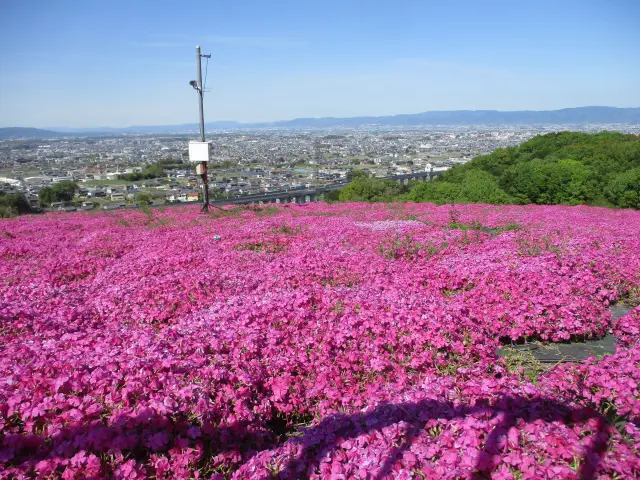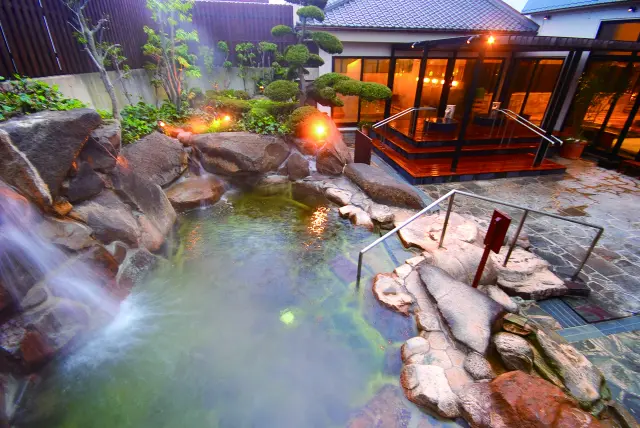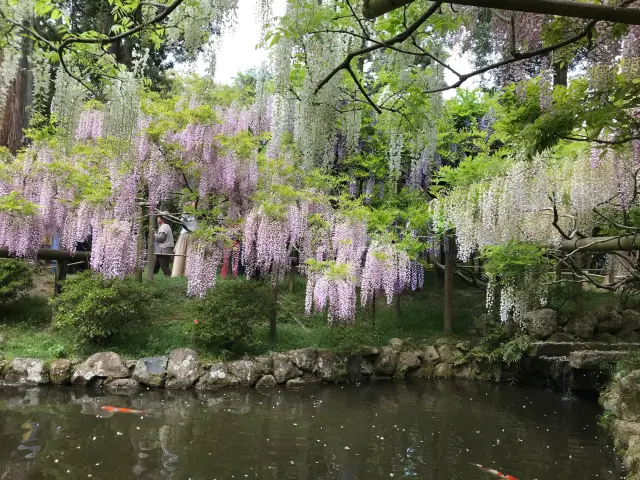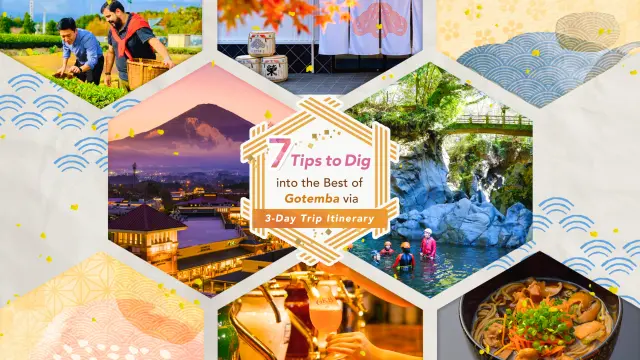This museum opened in 1895 as the second national museum in Japan. It houses many national treasures and important cultural properties such as Buddhist statues and objects, mainly Japanese Buddhist art from the Asuka to the Kamakura period. It is located in a corner of Nara Park, surrounded by Todaiji Temple, Kofukuji Temple, and Kasuga Taisha Shrine, visitors can learn about Buddhist art and the rich history and culture behind it in a relaxing environment.
“Exhibitions from the Permanent Collection” are held throughout the year. In the “Nara Buddhist Sculpture Hall”, approximately 100 Buddhist statues are exhibited. It is the most extensive collection of Buddhist statues in Japan, and visitors can appreciate the high level of delicate techniques used. The elegant structure has been designated as an important cultural property as a Western-style building representing the mid-Meiji period.
The annual “Shoso-in Treasures” exhibition in the autumn is one of the main attractions. Some of the treasures preserved in Shoso-in, the warehouse of Todaiji Temple, including Emperor Shomu’s most beloved possessions, are on display. Since the theme of the exhibition changes every year, the exhibits are selected from among approximately 9,000 treasures, and visitors can see the different treasures each year.
There is a museum shop and restaurant, as well as a “Buddhist Art Library” with a wide range of resources and is open to the public with reservations on Wednesdays and Fridays. In addition, guided tours of the exhibitions and facilities are available, and various events and workshops are held on an irregular basis, offering visitors a variety of ways to enjoy the museum.
Highlights
-
The museum houses one of the largest collections of Buddhist art in Japan.
-
It is located in Nara Park, where visitors can appreciate the charm of Buddhist art in a relaxing environment.
-
The structure of “Nara Buddhist Sculpture Hall” has been designated as an important cultural property as a Western-style building representing the mid-Meiji period.
-
The annual “Shoso-in Treasures” exhibition in the autumn displays treasures from the Shoso-in, which are normally closed to the public.






























